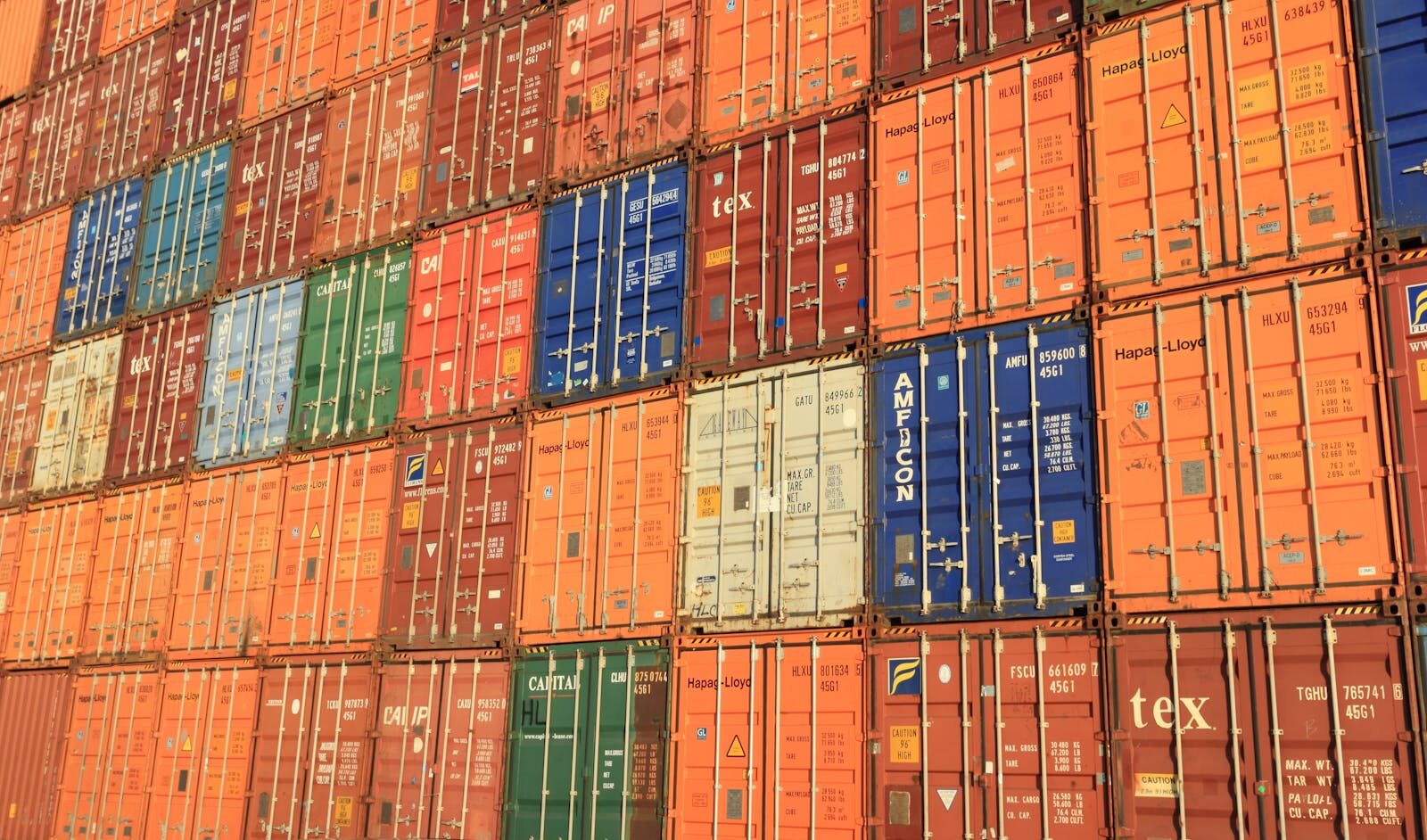A Trade War with Global Energy Consequences
The ongoing trade tensions between the United States and China have far-reaching implications beyond tariffs and economic indicators. As of April 2025, these geopolitical frictions are significantly influencing global energy markets, supply chains, and environmental policies. This article delves into how the US-China trade war is reshaping the energy landscape worldwide, affecting fossil fuels, renewables, and the environment.
1. Fossil Fuels: Tariffs Disrupting Global Oil and Gas Flows
The imposition of tariffs has led to a notable decline in US crude oil exports to China, with projections indicating a drop to 3.6 million barrels per day in 2025 from 3.8 million bpd in 2024. China’s 10% tariff on US crude oil has prompted a shift in its import strategy, favoring suppliers like Canada, Russia, and Iran.
Interestingly, China has recently waived a 125% tariff on US ethane imports, a critical component for its petrochemical industry, highlighting the complexities of energy trade amidst geopolitical tensions. Reuters
2. Renewable Energy: Supply Chain Vulnerabilities Exposed
The trade war has underscored the global dependency on China’s renewable energy supply chain. China dominates the production of solar panels and wind turbines, accounting for over 80% of the world’s solar panel supply in 2023. Tariffs on Chinese solar panels have increased costs for renewable energy projects in the US and other countries, potentially slowing the transition to clean energy.
In the US, the battery storage industry plans to invest up to $100 billion to establish a domestic supply chain by 2030. However, the sector still relies heavily on Chinese imports for battery components, highlighting the challenges of reducing dependency on foreign suppliers. WSJ
3. Environmental Impacts: Unintended Consequences
The trade war’s environmental repercussions are significant. Tariffs on electric bicycles and vehicles have made sustainable transportation options more expensive, potentially hindering efforts to reduce carbon emissions. Climate Action
In agriculture, Chinese tariffs on US soybeans have led American farmers to switch to crops like corn, which require more fertilizers. This shift has increased nitrate runoff, contributing to water pollution in the US.
4. Global Ripple Effects: Beyond the US and China
The ramifications of the US-China trade war extend globally. Countries like those in Europe and Japan, which are pursuing ambitious renewable energy goals, face challenges due to their reliance on Chinese-made components. Disruptions in China’s supply chain can hinder global progress toward clean energy targets.
Navigating a Complex Energy Landscape
The US-China trade war is more than a bilateral economic dispute; it’s a catalyst reshaping the global energy sector and environmental policies. As nations grapple with the challenges of energy security, supply chain dependencies, and environmental sustainability, strategic collaboration and diversification become imperative.
Practical Takeaways:
- Diversify Energy Sources: Countries should invest in diversifying their energy imports and developing domestic renewable energy capabilities to reduce dependency on single suppliers.
- Strengthen Supply Chains: Building resilient and diversified supply chains for renewable energy components can mitigate the risks posed by geopolitical tensions.
- Environmental Considerations: Policymakers need to assess the environmental impacts of trade policies to avoid unintended ecological consequences.



